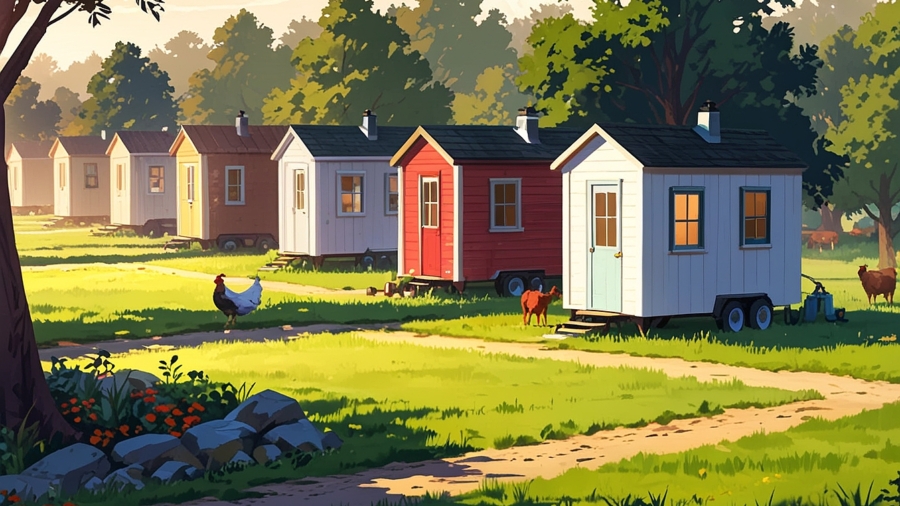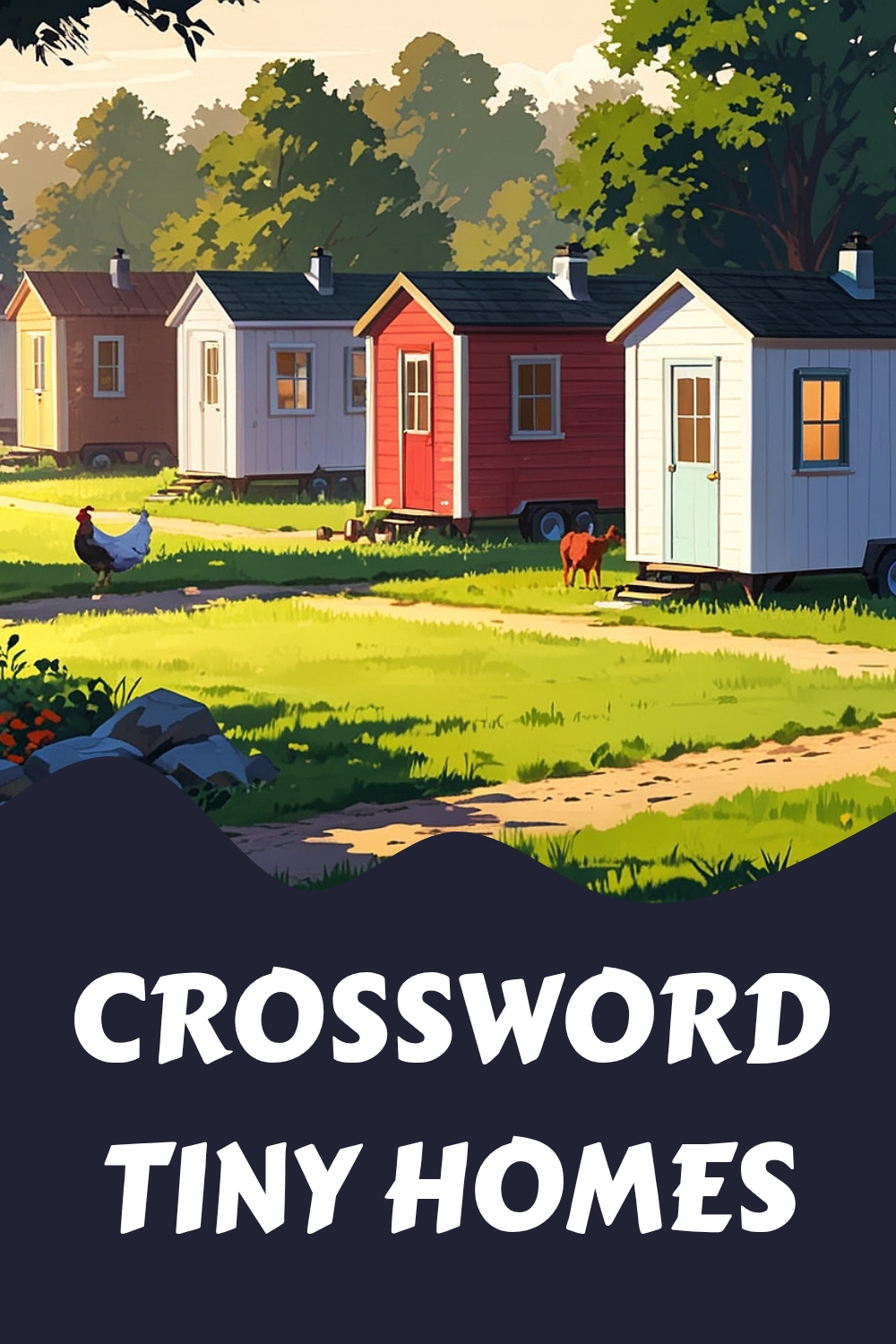
Tiny Home Living
The main themes, important ideas, and facts about tiny home living are explored in various sources. This lifestyle appeals to many due to its advantages and potential as an affordable housing solution.
Main Themes of Tiny Home Living
Affordability and Financial Freedom
A central theme across multiple sources is the potential for significant cost savings. Tiny home living often leads to reduced debt when compared to traditional housing.
Minimalism and Simplicity
The small size of tiny homes encourages a minimalist lifestyle. It fosters a focus on essential possessions and experiences rather than material accumulation.
Sustainability and Environmental Impact
Proponents of tiny home living often highlight the smaller environmental footprint resulting from reduced energy consumption and material usage.
Mobility and Flexibility
Mobile tiny homes on wheels provide unique flexibility for travel and relocation.
Challenges and Trade-offs
Challenges related to tiny home living include limited space, storage issues, legal restrictions (zoning), and potential comfort concerns.
Design and Innovation
Utilizing creative, multi-functional furniture and vertical storage solutions is essential for maximizing space in tiny homes.
Affordable Housing Debate
The viability of tiny homes as a solution to the affordable housing crisis is debated, focusing on cost, stability, and systemic barriers.
The Tiny House Movement and its Evolution
The growth of tiny home living, motivations behind it, and evolving regulations are discussed.
Most Important Ideas and Facts
1. Definition and Scope of Tiny Homes:
Tiny homes are generally defined as dwellings with a floor area of 400 square feet or less, excluding lofts. Definitions may extend to 500 square feet, and they can be stationary or mobile. They represent a simpler way of living with less debt.
2. Advantages of Tiny Home Living:
Affordability
Lower purchase costs are a notable benefit. Average build costs range from $23,000 to $75,000. DIY builds can be even less. Ongoing expenses are reduced, leading to potential debt-free living.
Environmental Benefits
Tiny homes have a smaller carbon footprint, using fewer materials and consuming less energy. Many homes incorporate eco-friendly features like solar panels and composting toilets.
Minimalism and Simplicity
Tiny homes encourage prioritizing essentials and decluttering, resulting in less cleaning and maintenance.
Flexibility and Mobility (for wheeled home living)
Wheeled tiny homes allow for easy relocation and can serve various purposes, such as guest houses or vacation homes.
Customization
Tiny homes are highly customizable, enabling owners to tailor layouts and features to their specific needs.
3. Disadvantages and Challenges of Tiny Home Living:
Limited Space and Storage
Limited space presents challenges for belongings and activities, impacting privacy and social interactions.
Legal and Zoning Challenges
Tiny homes may face legal challenges, including compliance with local building codes and zoning laws.
4. Financial Aspects of Tiny Home Living:
Upfront costs can vary significantly, while ongoing expenses are generally lower due to energy-efficient designs.
5. Lifestyle and Mobility:
Minimalist Home Living
This lifestyle focuses on reducing clutter and simplifying life.
Mobility
Wheeled tiny homes provide the freedom to travel and live nomadically.
6. Challenges to Overcome in Tiny Home Living:
Zoning and Legal Hurdles
Compliance requirements vary by location.
Limited Space
Creative storage solutions are necessary for tiny home living.
Insurance and Financing
Insurance can be complex due to the non-traditional nature of tiny homes.
7. Design and Furnishing Strategies in Tiny Home Living:
Multi-functional and Space-saving Furniture
Choose furniture serving multiple purposes.
Vertical and Wall-mounted Solutions
Maximize vertical space with creative storage solutions.
Flexible Layouts
Combine living, dining, and sleeping areas for efficient use of space.
8. Tiny Home Living as an Affordable Housing Solution:
Initial costs may be lower than traditional housing, but factors like land and utility costs can complicate affordability.
9. The Tiny Home Living Movement and Personal Experiences
This movement highlights desires for financial freedom and reduced environmental impact, evolving with increasing interest from younger individuals and retirees.
10. Prefabricated Tiny Homes:
Prefab options provide quicker construction and controlled costs, catering to various purposes.
Quotes
“Feeling the strain of rising property taxes and house insurance? You’re in good company. Many are searching for cost-effective housing options that don’t compromise on quality and comfort.”
“Tiny homes offer a fresh way to live, saving money on both building and upkeep. Many find joy in simplicity and debt-free living.”
Conclusion: Tiny Home Living
Tiny home living presents a compelling alternative to traditional housing for those seeking affordability and sustainability. While advantages exist, challenges also remain. The potential for tiny homes to address the affordable housing crisis is still debated. The movement continues to evolve, advocating for creative design and regulatory changes.


 Cart is empty
Cart is empty 

